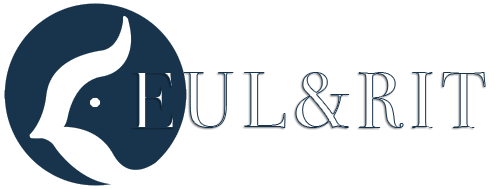Jean Monnet Module:
“The European impact on Law&Religion in Italy and beyond”
(EUL&RIT)
EUL&RIT is a Jean Monnet Module aiming at exploring the impact of EU and ECHR law on the transformation of key concepts in the regulation of religion within national legal orders in the EU, with a specific focus on Italy and a little help from comparative perspectives.
Italy has long been characterized by a very peculiar regulation of religion. This peculiarity is based on very specific constitutional provisions such as Article 7 of the Constitution (regulating the relations between Italy and the Catholic Church through specific Concordatarian agreements) and Article 8 of the Constitution (providing for a principle of equal liberty of all religious denominations and providing for a regulation of the relations between non catholic denominations and the State through specific agreements). While the regulation of religion is sometimes superficially considered as one the “last citadel” of Member States’ exclusive competences (and part of their national constitutional identities), the impact of EU law on the regulation of religious matters has been significant. However, while the direct regulation of religious matters is usually considered as part of a Member State’s national identity (in accordance with Article 4(2) TEU), the European integration process has had a significant indirect impact on the regulation of religion.
Both EU law and the ECHR, as interpreted by the Strasbourg Court, played a crucial role in re-designing many key concepts of the public regulation of religion in the Member States, and in shaping an essential character of the European constitutional identity. Against this background, the EUL&RIT Jean Monnet Module renovates a classic national and domestic teaching as ecclesiastical law, by using a European angle to approach this subject.
EUL&RIT is based at the IUSLIT department of the University of Trieste and benefits from the expertise of a teaching team consisting of the academic coordinator, and five team members from Italian, Slovenian, and Austrian Universities.






